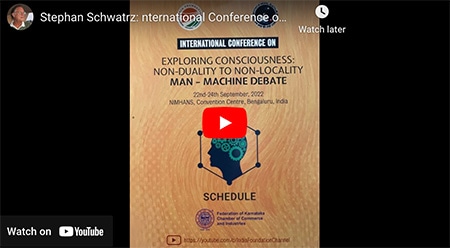
2 years ago, little Hugo Deans from Pennsylvania found some red-colored seeds on the ground by an ant’s nest in his backyard.
Hugo was excited—he didn’t know ants collected seeds, and his excitement grew when he showed his father Andrew, an entomologist at Penn State, who didn’t know they did either.
The two bug enthusiasts didn’t know it at the time, but Hugo’s discovery was to prime a canvas on which was to be painted a scientific discovery of dramatic complexity—a co-dependent relationship between oaks, ants, and wasps that highlights the incredible interconnectedness of our planet.
The discovery connects two separate plant-insect relationships, the first being cynipid wasp species inducing oak trees to create “galls” or small protective bubbles of leaf matter, around their eggs which they lay on the leaves—a clever trick that saves the wasp the hassle of nest-guarding.
The second is a phenomenon called myrmecochory, or seed dispersal by ants. Certain wild North American plants produce […]










This is a truly wonderful and amazing story which I will have to share with my friends, because it shows, as you said Stephan, the interconnectedness of everything in nature.